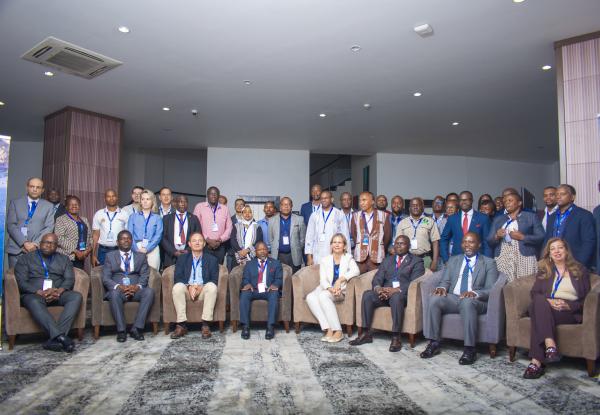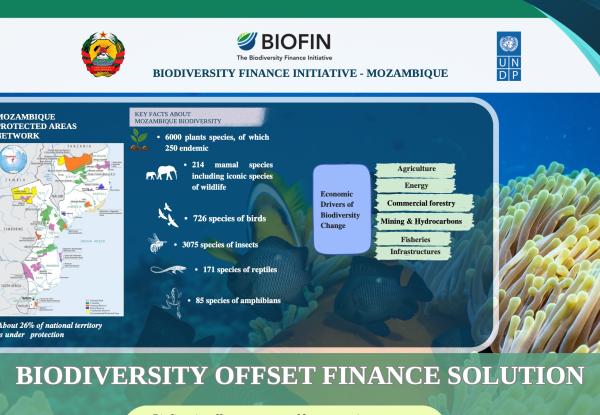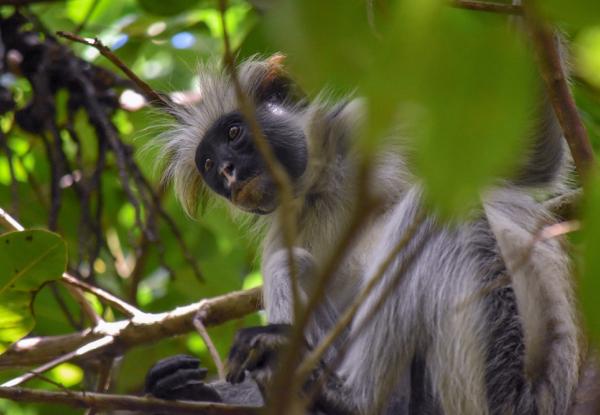Mozambique
Mozambique has a wide range of ecological zones and ecosystems, from terrestrial to marine ecosystems, where flourish a rich biodiversity of high value and importance at local, regional and global levels. As part of the Eastern Africa Ecological Region, Mozambique hosts the second longest extension of mangroves in Africa and the only viable population of dugongs for the whole Indian Ocean. Also, the presence of iconic wildlife species such as elephants, buffalos, lions and antelopes in forestry ecosystems, associated with the interest they attract for tourism, makes biodiversity conservation one of the bases for community’s sustainable development in Mozambique.
About 26% of the Mozambican territory is under conservation, and the network of conservation areas consists of 7 national parks, 12 national reserves, and several game hunting areas and wildlife farms.
In Mozambique, the BIOFIN process was initiated in July 2018, under the institutional leadership of the Ministry of Land, Environment and Rural Development and the Ministry of Economy and Finance. Out of four key BIOFIN expected products, the Policy and Institutional Review (PIR) and the Biodiversity Expenditure Review (BER) have already generated valuable insights on the biodiversity policy and financing in Mozambique, with highly engaged feedback from the national stakeholders. The work on Finance Needs Assessment (FNA) and development of Biodiversity Finance Plan (BFP), is also under progress.
Biodiversity offsets
So far this is the only prioritized finance solution for Mozambique, and this came about as a partnership opportunity to do joint work with two other entities, namely WCS/COMBO and BIOFUND. The work currently being conducted is aimed at developing a functional mechanism for biodiversity offsets in Mozambique, along with the development of relevant specific regulation, in partnership with the National Directorate of Environment.


